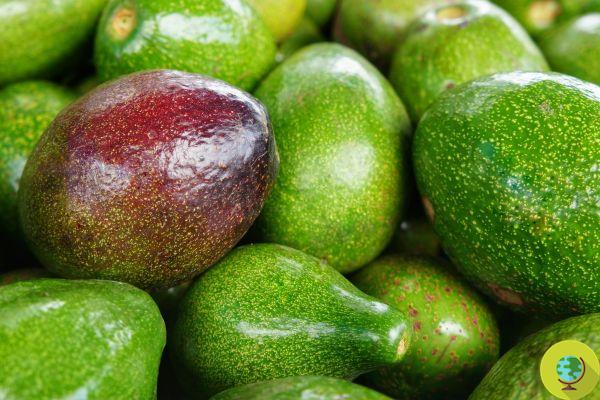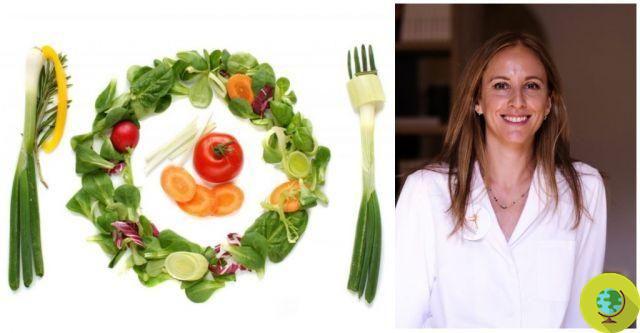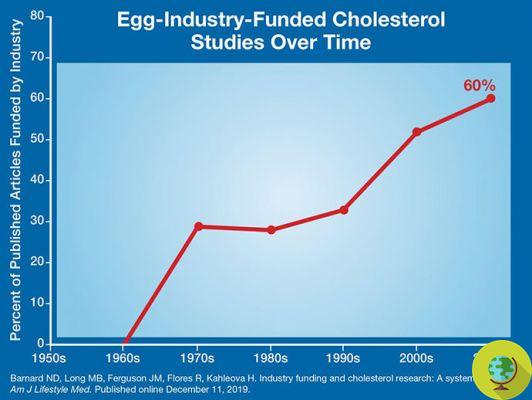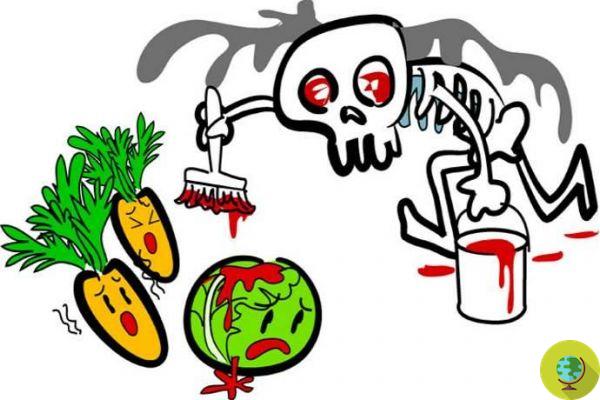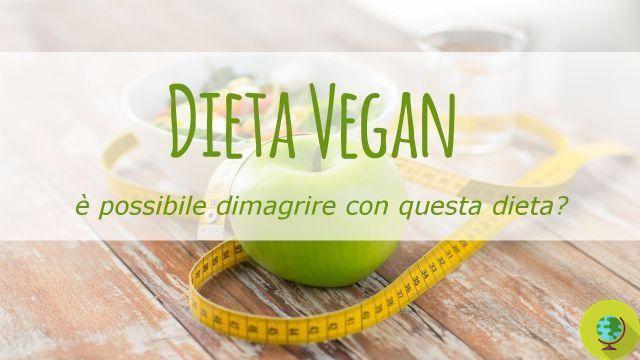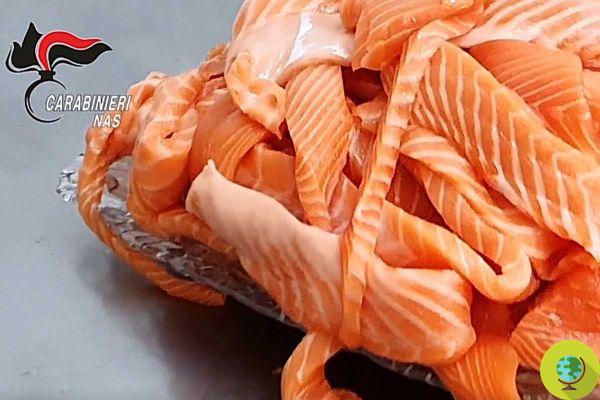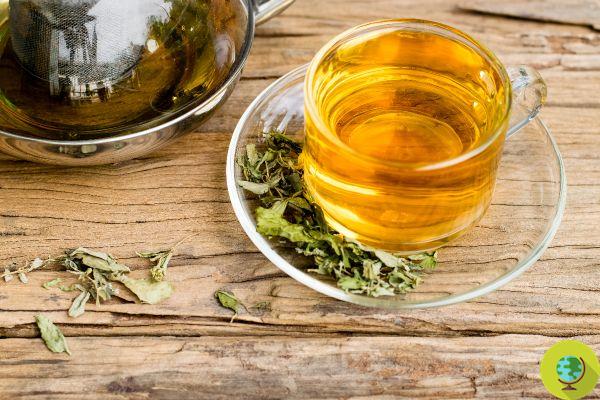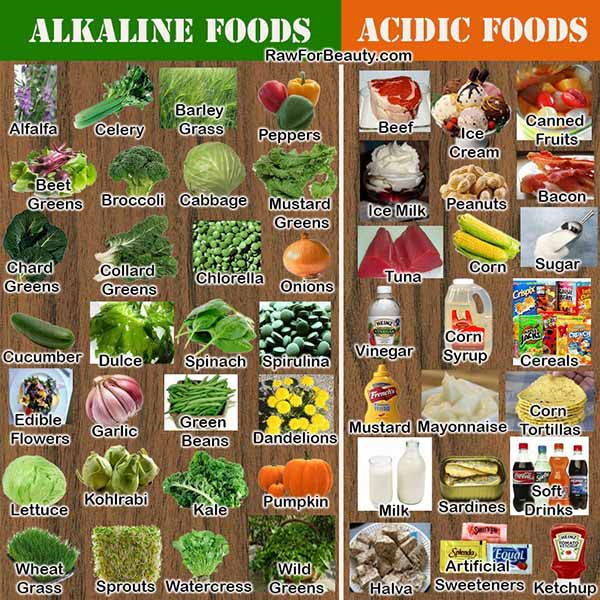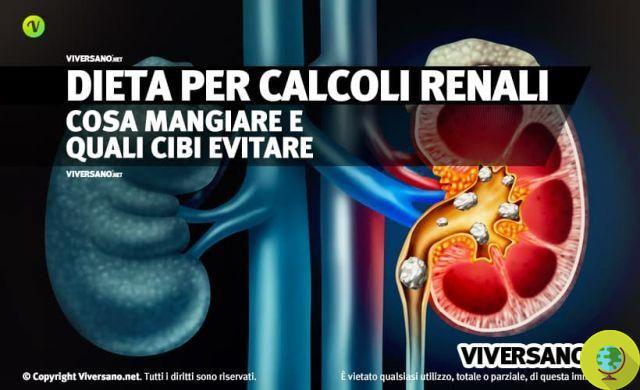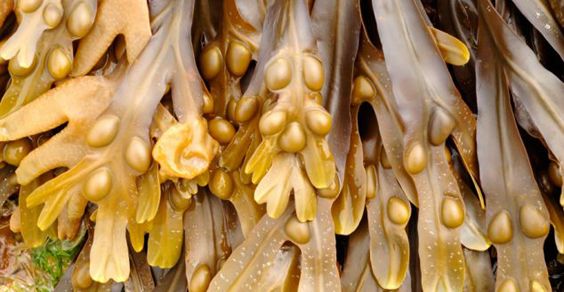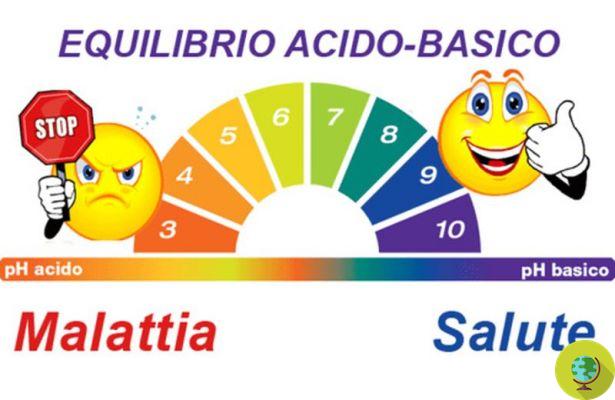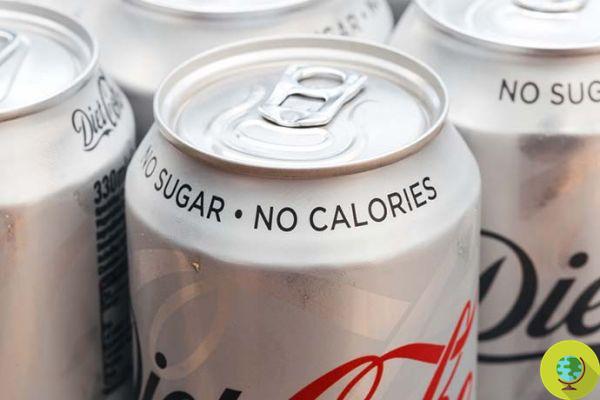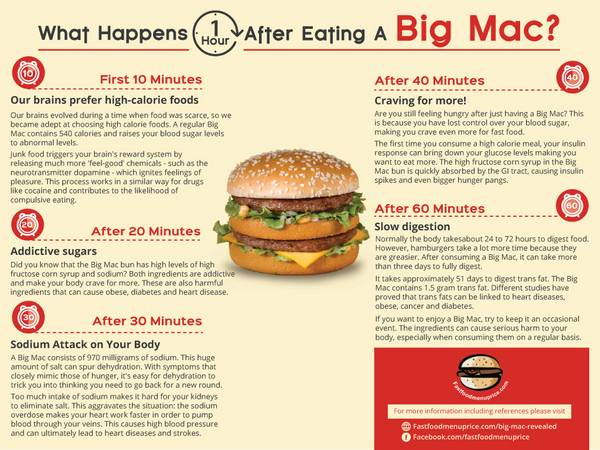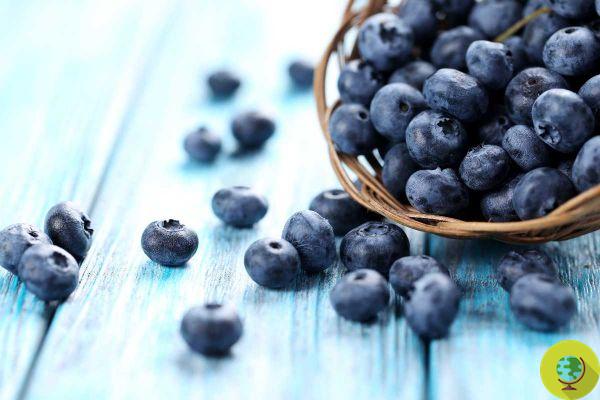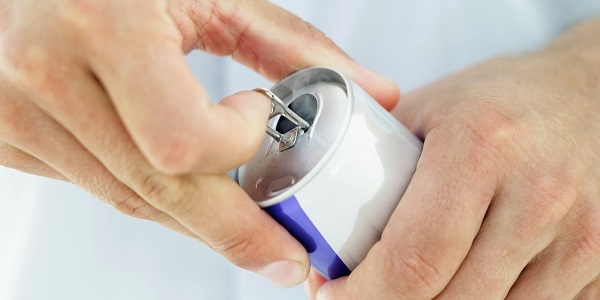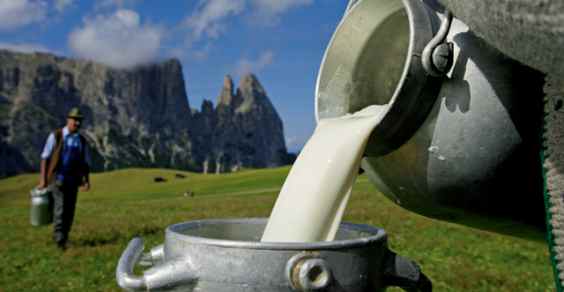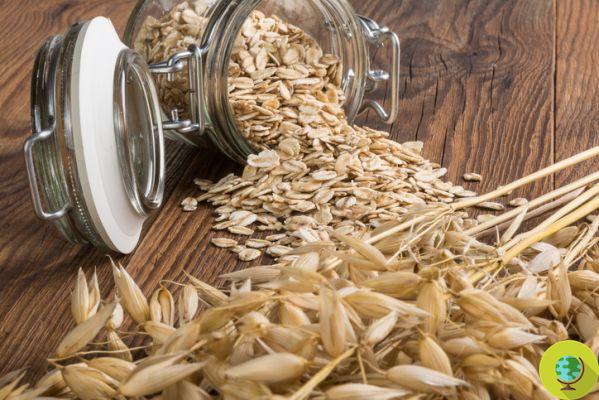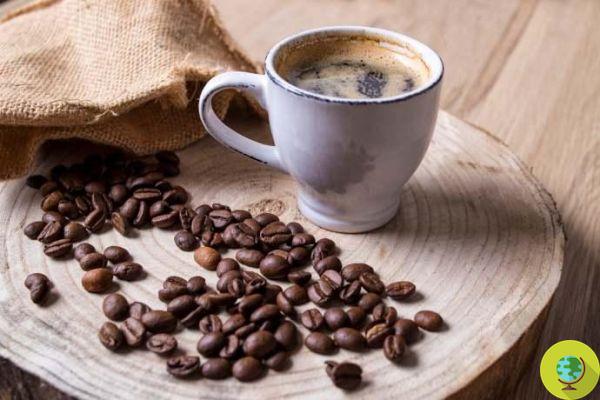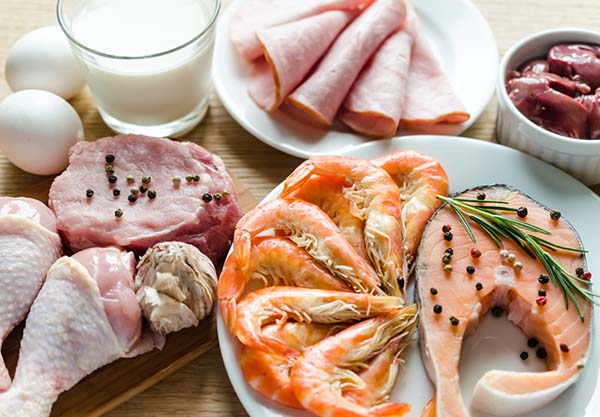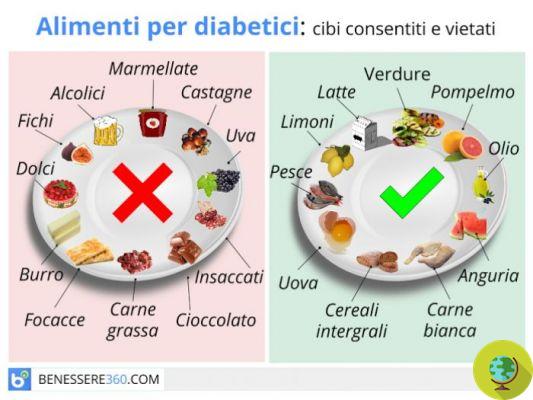An analysis conducted by 21 European countries found extensive adulteration of oregano (1 sample in 2) but also of other spices and herbs
Don't store avocado like this: it's dangerousThe European Commission has published the results of the first coordinated control plan on the authenticity of herbs and spices. The situation is not exactly heartening, especially for oregano which seems not to be "pure" in 1 out of 2 cases.
The survey was conducted by 21 EU Member States with the technical support of the Joint Research Center and was based on nearly 10 analyzes aimed at discovering the authenticity of aromatic herbs and spices in EU countries.
The samples analyzed in total were 1885, not only of oregano but also of pepper, cumin, turmeric, saffron, paprika and chilli.
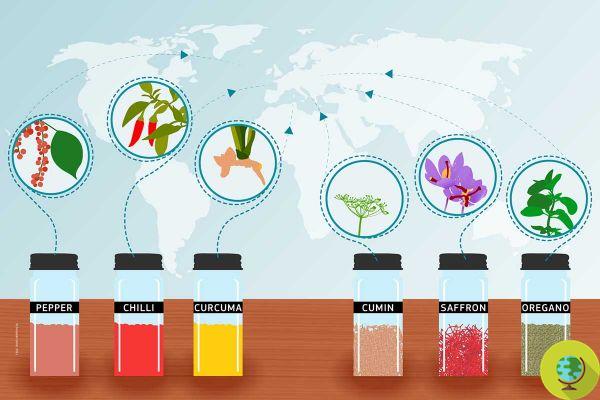
© UE 2021
The study showed that 17% of the herbs and spices analyzed were suspected of being adulterated. The sector most at risk is that of'Origan where the half of the samples were adulterated with olive leaves, followed by 17% of the samples for pepper, 14% for cumin, 11% for turmeric, 11% for saffron and 6% for paprika / chilli.
The manipulations that can involve spices are different and can occur at every stage of the process, from production, to shipping, to processing, etc., until the product reaches the market.
Among the most common manipulations, writes the EU, there are:
- ingredients, additives, dyes or any other components not approved for use in foods and / or herbs and spices
- ingredients, additives, dyes or any other constituent approved for use in food but unlawfully not declared or indicated in a form that could mislead the customer
- spices or herbs in which valuable components that mislead the customer have been omitted or removed
- a different part of the same botanical plant, rather than the one declared to an extent that deceives the customer
- technically avoidable quantities of parts of botanical plants other than that declared
Most of the fraudulent samples analyzed in the study contained undeclared plant material while unauthorized dyes were detected in 2% of the spice samples analyzed.
There is therefore still much to be done to combat food fraud also in the spice and aromatic herbs sector, but investigations such as these can be useful to better target control activities in the EU.
Follow your Telegram | Instagram | Facebook | TikTok | Youtube
Sources: European Commission
Read also:
- When shopping for dried sage, you may be faced with possible food fraud
- Herbs and Spices: Almost half of those sold in Europe are adulterated. The DNA study
- Are dried spices and herbs safe? The Irish study
- How to store aromatic herbs and spices
- Spices and Herbs: a bit of clarity




